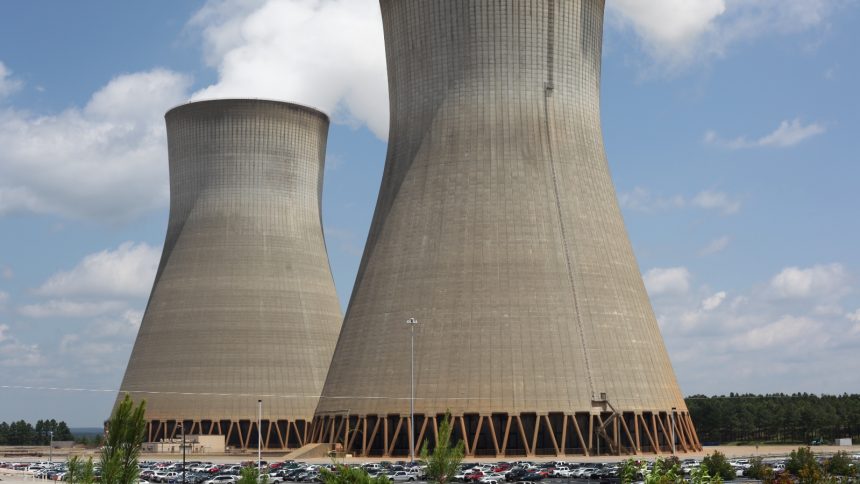Few issues are as polarizing in the realm of American environmentalism as nuclear energy. The debate surrounding nuclear power plants is multifaceted, with concerns about waste storage and safety being at the forefront for many. The infamous Three Mile Island reactor meltdown in 1979 in Pennsylvania played a significant role in the retirement of existing nuclear power plants across the country.
On the flip side, advocates of nuclear energy argue that it has historically been one of the safest forms of power generation and plays a vital role in combating climate change by providing consistent carbon-free energy. However, the future of nuclear energy in the United States may not hinge solely on this debate. The critical question at hand is whether the country has the practical capabilities to construct new nuclear plants.
The completion of a construction project near Waynesboro, Georgia, where the second of a pair of new nuclear reactors is set to go into commercial operation within the next three months, will have a significant impact on the future of nuclear energy in the U.S. Despite the potential benefits of these reactors in powering homes and businesses without greenhouse gas emissions, the construction of Units 3 and 4 at Plant Vogtle has been marred by delays and budget overruns that ultimately led to the bankruptcy of the giant nuclear company Westinghouse.
John Parsons of MIT’s Center for Energy and Environmental Policy Research acknowledges the challenges faced by Vogtle but emphasizes the importance of learning from these setbacks to make nuclear energy more economically viable in the future. The Biden administration sees nuclear power as a critical component of achieving net-zero emissions by 2050 and believes that the lessons learned from Vogtle can pave the way for a resurgence of the nuclear industry in the U.S.
While the high costs and complexity of building nuclear reactors may deter some utility companies and regulators, there are potential benefits to be gained from the experience of Vogtle. Julie Kozeracki of the Department of Energy’s Loan Programs Office highlights the improvements made in the construction of Unit 4 compared to Unit 3, indicating that future projects could be more cost-effective. Additionally, incentives provided by the Inflation Reduction Act offer tax credits for new nuclear reactors, further incentivizing investment in this energy source.
Despite the challenges and uncertainties, the success of Vogtle could set a precedent for future nuclear projects in the U.S. While the opportunity to capitalize on the workforce and knowledge gained from Vogtle may be limited, there is still potential for further nuclear development. Whether or not this potential will be realized depends on a collaborative effort between the nuclear industry, utility companies, and regulatory bodies to overcome existing obstacles and bring new nuclear projects to fruition.






